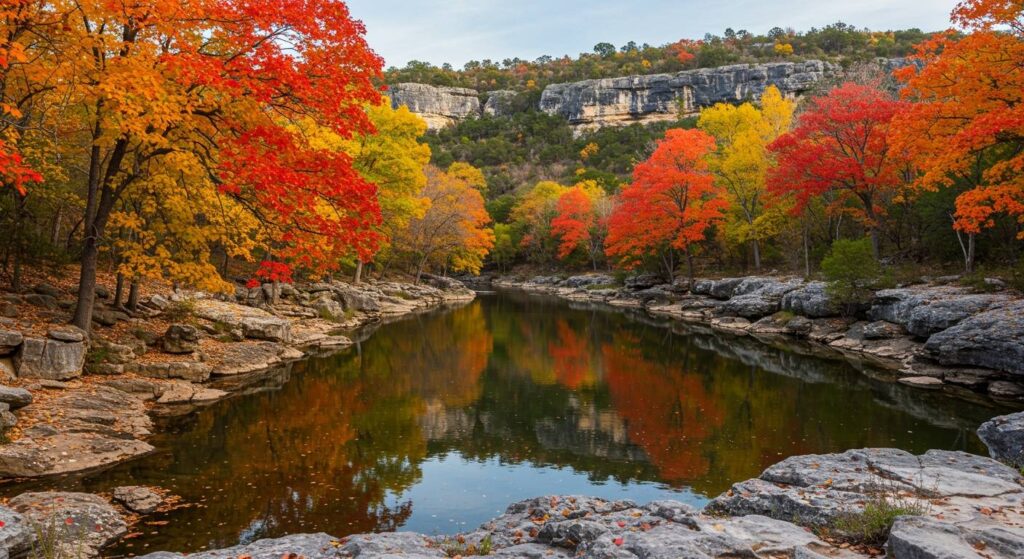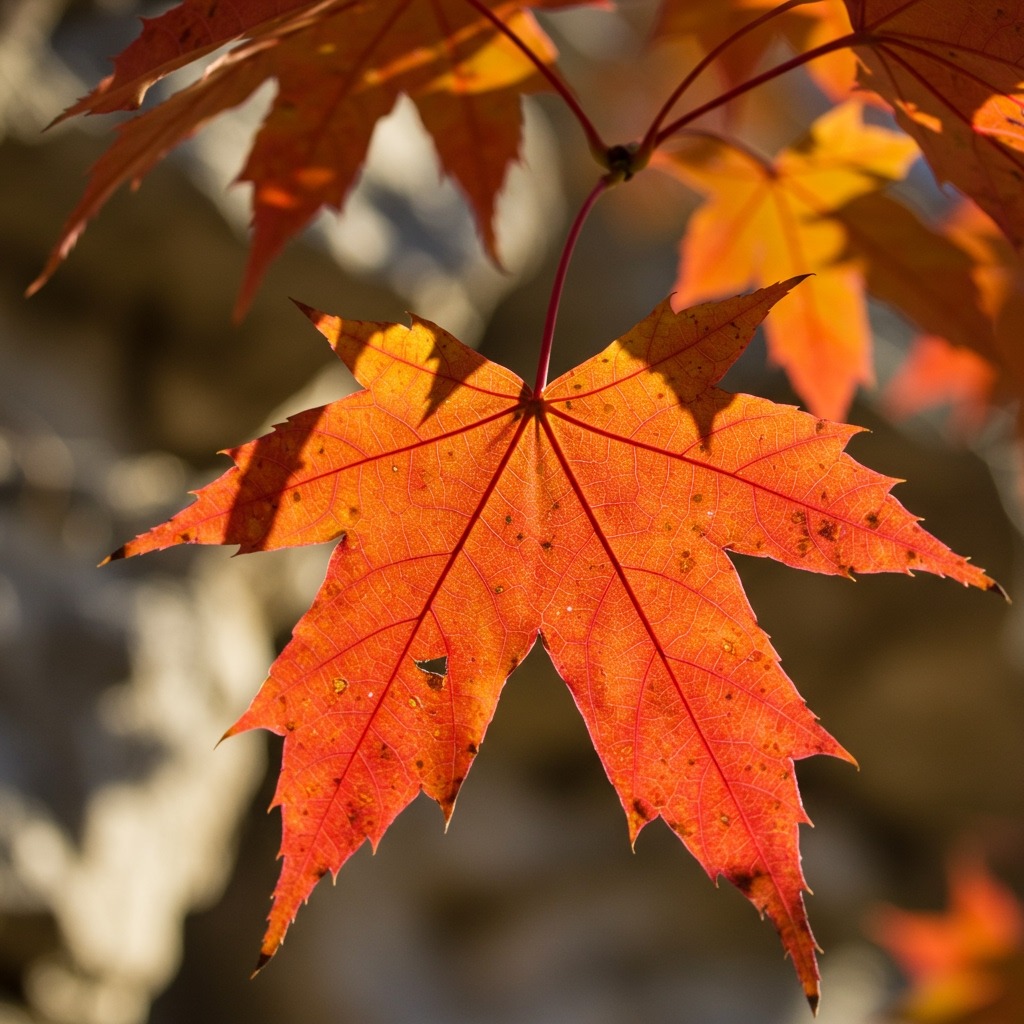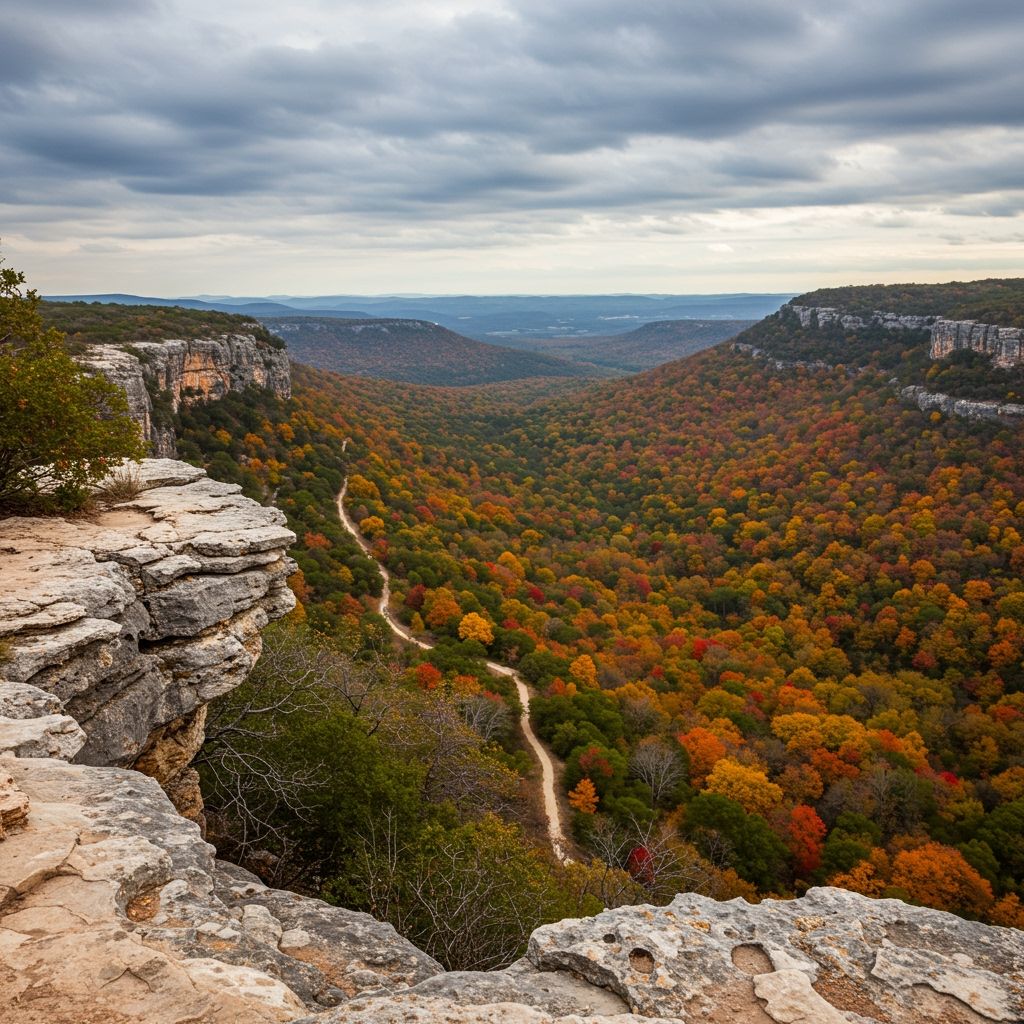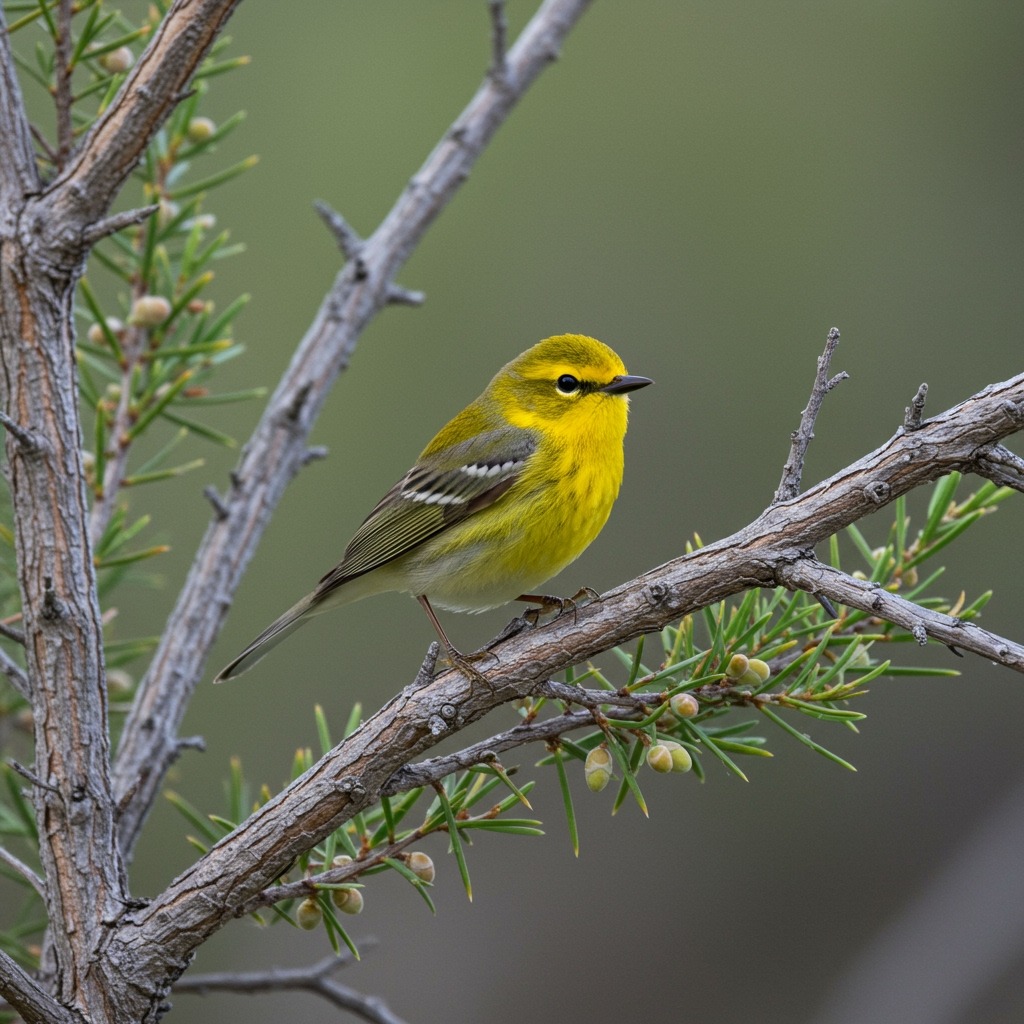Imagine brilliant crimson, fiery orange, and golden yellow leaves painting a landscape, rustling gently in a cool breeze. Sounds like New England, right? Think again. This stunning autumn spectacle thrives deep in the heart of Texas, at Lost Maples State Natural Area.
For years, many believed a true fall foliage experience was something you had to travel far north to find. Texas, with its wide-open spaces and warm climate, wasn’t exactly known for vibrant autumn colors. But that’s where Lost Maples defies all expectations. Tucked away in the rugged beauty of the Hill Country, this ecological anomaly transforms into a breathtaking canvas of color each fall, drawing visitors from across the country.
Ready to discover this Texan treasure? This guide unpacks everything you need to know, from understanding its unique natural history to navigating the trails, securing your spot, and experiencing its magic year-round. Get ready to witness a side of Texas you never knew existed.

Why Lost Maples is Unique: The Bigtooth Maple Mystery
What makes this particular spot in the Texas Hill Country burst with color when much of the state remains evergreen? It’s all thanks to a fascinating geological and botanical anomaly.
The Anomaly: A Northern Forest in the Texas Hill Country
Lost Maples State Natural Area is home to a unique stand of Bigtooth Maples (Acer grandidentatum). These trees are a relict species, meaning they are a remnant population from a cooler, wetter climate that covered much of North America during the last Ice Age. As the climate warmed, these maples retreated to cooler, sheltered canyons, like those found along the Sabinal River and its tributaries within the park. They survived, isolated from their northern cousins, creating a vibrant pocket of deciduous forest unlike anything else in Texas. It’s like finding a piece of Colorado hidden in the rolling hills of the Lone Star State.
Bigtooth Maples: Fall’s Star Performers
While other trees in Texas might show some subdued fall color, the Bigtooth Maples are the true showstoppers here. Their leaves turn a brilliant spectrum of red, orange, and gold, providing a breathtaking display that rivals some of the more famous fall destinations up north. The contrast against the rugged limestone bluffs and the evergreens of the Hill Country makes the scene even more dramatic.

Peak Season: Catching the Color Explosion
The “peak” fall foliage at Lost Maples typically occurs from late October to mid-November. However, this window can shift based on rainfall and temperature. A perfect autumn requires warm, sunny days followed by cool (but not freezing) nights.
Pro Tip: Don’t guess! The Texas Parks & Wildlife Department (TPWD) maintains a dedicated Lost Maples Fall Foliage Report on their official website. Check this regularly for the most up-to-date information on color progression before you plan your trip. This report is your best friend for timing your visit perfectly.
Activities at Lost Maples: Beyond the Leaves
While fall foliage is the main draw, Lost Maples State Natural Area offers a fantastic outdoor experience any time of year. Its rugged beauty and diverse ecosystems invite exploration.
Hiking Trails: Explore Diverse Landscapes
Lost Maples boasts over 10 miles of trails, ranging from easy strolls to challenging climbs. They offer stunning vistas, riverside walks, and opportunities to get up close with the unique geology and flora. If you’re looking for hiking in Texas that’s truly unique, this is it.
- Maple Trail (approx. 0.8 miles loop): This is the star in fall! It winds along the Sabinal River and through the densest concentrations of Bigtooth Maples. It’s relatively flat and accessible, making it perfect for families and those primarily focused on leaf peeping.
- East Trail (approx. 3.2 miles loop): A more challenging option, this trail offers scenic overlooks, including the famous “Monkey Rock” formation and a climb to a high plateau. You’ll gain elevation and be rewarded with panoramic views.
- West Trail (approx. 3.5 miles loop): This trail also provides elevation gains and takes you through different forest types, offering varied scenery and a more rigorous hike. It connects to the East Trail, allowing for longer loop combinations.
- Sabinal River Trail (approx. 0.3 miles): A short, easy path along the river, great for a quick scenic walk.
Important Tip: Always wear sturdy hiking shoes or boots, especially on the longer, rockier trails. Bring plenty of water – even on a cool day, hiking can be dehydrating. A small backpack with essentials like hiking snacks is always a good idea.

Camping: Immerse Yourself in Nature
Want to truly soak in the tranquility of Lost Maples? Stay a night or two.
- Developed Campsites: The park offers 30 campsites with water and electricity, along with picnic tables and fire rings. These are perfect for families or those who prefer more amenities. Restrooms with hot showers are nearby.
- Primitive Campsites: For a more rugged experience, there are 8 primitive backpacking campsites. These require a hike in and offer no amenities, providing a genuine wilderness feel. If you’re into primitive camping, these spots are perfect.
- Reservations: Camping spots are extremely popular, especially during fall. You’ll need to book well in advance – often months ahead of time.
Birding & Wildlife: A Naturalist’s Paradise
Lost Maples isn’t just about trees. It’s a haven for wildlife.
- Birding: The park is a prime spot for birdwatching, home to over 200 species throughout the year. Keep an eye out for the endangered Golden-cheeked Warbler and Black-capped Vireo, which nest here in spring and summer.
- Wildlife Viewing: White-tailed deer are abundant and often seen grazing, especially in the early mornings or late afternoons. You might also spot armadillos, raccoons, opossums, and various species of squirrels and rabbits.
- River Life: The clear waters of the Sabinal River and Can Creek are home to diverse fish, turtles, and other aquatic life.

Photography: Capture the Magic
With its stunning landscapes, Lost Maples is a photographer’s dream.
- Best Spots: The Maple Trail during peak fall, the overlooks along the East Trail for panoramic views, and anywhere along the Sabinal River for reflections.
- Lighting: Golden hour (shortly after sunrise and before sunset) offers the best light for capturing vibrant colors and dramatic shadows. Overcast days can also provide soft, even lighting for foliage.
Stargazing: Clear Hill Country Nights
Away from city lights, the Texas Hill Country boasts some remarkably dark skies. On a clear night, the celestial display at Lost Maples can be breathtaking. Bring a blanket and gaze up at the Milky Way.
Planning Your Visit: Essential Tips for a Smooth Trip
A trip to Lost Maples requires careful planning, especially during the busy fall season. Don’t show up unprepared!
Reservations are CRITICAL
This is the golden rule for Lost Maples, particularly in autumn.
- Day Use Reservations: During peak foliage season (typically late October to mid-November), day-use entry is by reservation only. These slots often book up weeks, or even months, in advance. Check the Texas Parks & Wildlife Department website to book your spot. Without a reservation, you risk being turned away at the gate.
- Camping Reservations: As mentioned, campsites (both developed and primitive) are snatched up quickly. Plan far, far ahead if you intend to camp.
- Walk-ins: Highly discouraged during peak season. Park capacity limits are strictly enforced to protect the natural area and ensure a pleasant visitor experience.
Best Time to Visit: More Than Just Fall
While the fall foliage is legendary, Lost Maples offers beauty year-round.
- Fall (Late Oct – Mid Nov): The famous fall colors. Expect crowds, especially on weekends. Reservations are essential.
- Spring (March – April): Wildflowers bloom, temperatures are mild, and the park is lush green. Fewer crowds than fall, great for hiking.
- Winter (Dec – Feb): Crisp air, often fewer leaves, but serene and peaceful. Excellent for hiking without the crowds. Temperatures can vary greatly, so dress in layers to stay warm while camping.
- Summer (May – Sept): Can be very hot, but weekdays might see fewer people. Focus on early morning hikes and finding shaded areas along the river. Learn how to stay cool while camping for summer visits.
What to Bring: Your Packing Essentials
- Water: Bring more than you think you’ll need. There are water spigots at developed campsites, but none on the trails.
- Layered Clothing: Texas weather is notoriously changeable. Be ready for cool mornings, warm afternoons, and chilly evenings.
- Food and Snacks: There are no concessions or stores within the park. Pack all your meals and snacks.
- Map: Grab a paper map at the entrance or download one to your phone. Cell service can be spotty. Knowing how to read a topographic map can be a valuable skill here.
- Sunscreen and Hat: Protect yourself from the strong Texas sun.
- Bug Spray: Especially important near water sources or during warmer months.
- First-Aid Kit: For minor scrapes, blisters, or bug bites.
Park Etiquette: Respect the Natural Area
Lost Maples is a State Natural Area for a reason – it’s protected for its unique ecosystem.
- Stay on Marked Trails: This protects fragile vegetation and prevents erosion.
- Leave No Trace: Pack out everything you pack in. Do not pick leaves, flowers, or disturb any natural features. Leave the park as you found it (or better!). This principle is key whether you’re at Lost Maples or doing any outdoor activity.
- Pets: Allowed on leash in designated areas, but generally not on all trails. Check park rules for specifics.
- Fires: Only allowed in designated fire rings at developed campsites. Check for burn bans before your visit.
Nearby Attractions: Extend Your Adventure
The Texas Hill Country is full of charm.
- Vanderpool: The small town closest to the park, offering minimal services.
- Bandera: “The Cowboy Capital of the World,” offers a dose of Old West charm, rodeos, and dude ranches.
- Garner State Park: Another popular Texas State Park known for its Frio River access and stunning scenery, about an hour’s drive away. Often requires separate reservations. For more Texas outdoor adventures, explore additional resources on hiking in Texas from Texas Parks & Wildlife Department.
Conclusion: Experience the Texas Hill Country’s Best
Lost Maples State Natural Area is more than just a park; it’s a living testament to Texas’s surprising natural diversity. Whether you’re chasing the vibrant hues of autumn, seeking a peaceful spring hike, or simply looking to connect with nature’s quiet beauty, this destination delivers.
By understanding its unique ecosystem, planning your visit with careful attention to reservations, and packing smart, you’ll unlock the full potential of this incredible natural gem. So, stop dreaming of distant fall colors and start planning your trip to Lost Maples State Natural Area. Go explore, breathe deep, and make memories in one of Texas’s most captivating landscapes. You’re ready to experience the magic!
Frequently Asked Questions About Lost Maples State Natural Area
Q1: When is the absolute best time to see fall foliage at Lost Maples?
A1: The peak fall foliage usually occurs from late October to mid-November. However, this is highly dependent on weather conditions (rainfall and temperature). Always check the official Texas Parks & Wildlife Department’s Fall Foliage Report for the most accurate and up-to-date information before planning your visit.
Q2: Do I need a reservation to enter Lost Maples State Natural Area?
A2: Yes, absolutely, especially during the fall foliage season (typically late October through mid-November). Day-use and camping reservations are required during peak times and are highly recommended year-round to guarantee entry. Without a reservation, you risk being turned away due to capacity limits. Book well in advance!
Q3: Is Lost Maples suitable for young children or beginners?
A3: Yes! While there are challenging trails, the Maple Trail (0.8-mile loop) is relatively flat and accessible, making it suitable for families with young children and beginner hikers. It also offers the best views of the fall foliage. Always match your hike to your group’s ability level and bring plenty of water.
Q4: Can I bring my dog to Lost Maples State Natural Area?
A4: Generally, pets are allowed on leash in developed areas, such as campsites and picnic areas. However, rules regarding pets on trails can vary. It’s always best to check the official Texas Parks & Wildlife Department website for the most current pet regulations before your visit to ensure a smooth trip for you and your furry friend.
Q5: Are there food or water available for purchase inside the park?
A5: No, Lost Maples State Natural Area does not have a concession stand, store, or potable water sources on the trails. You must bring all your own food, snacks, and especially plenty of water. Fill up your water bottles before you hit the trails! There are restrooms and water spigots in the developed camping area.
Q6: What else can I do near Lost Maples after visiting the park?
A6: The surrounding Texas Hill Country offers plenty to explore. You’re close to Bandera, known as the “Cowboy Capital of the World,” offering a taste of authentic Western culture, rodeos, and dude ranches. Garner State Park, another popular state park with Frio River access, is also a short drive away. There are also charming small towns, wineries, and scenic drives throughout the region.
